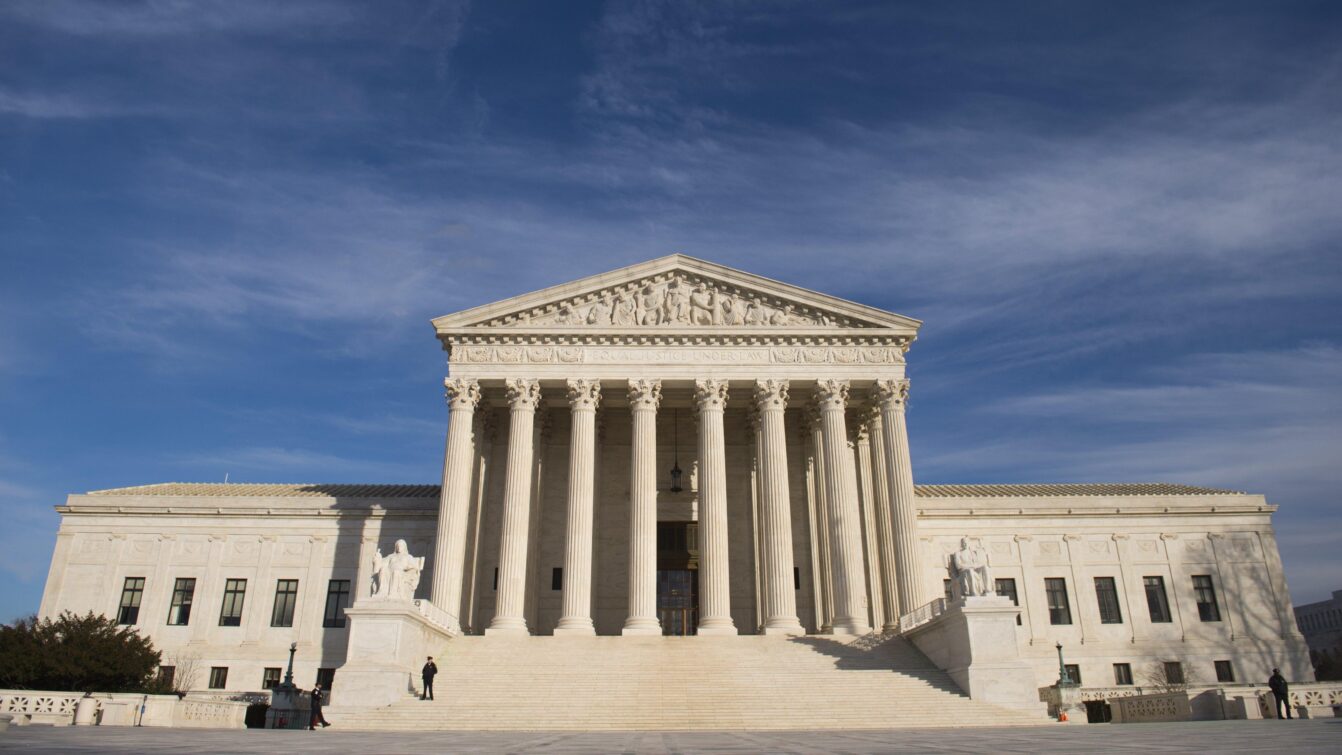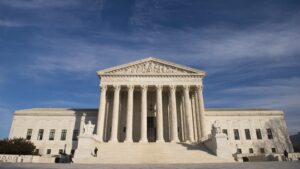Affirmative Action in Danger

by Apurva Mahajan ‘22
The Supreme Court announced on January 24 that it would hear two cases related to affirmative action to determine the legality of race-conscious admissions at Harvard and the University of North Carolina (UNC). The cases would be heard in October, with a verdict around June 2023. Because of the 6-3 conservative majority among the justices, many speculate that these cases potentially could lead to the fall of affirmative action, taking away 40 years of history.
Affirmative action was first introduced to universities in the 1960s with civil rights legislation to make institutions racially integrated after segregation and provide equal opportunity in employment. Universities at this point were almost all white, so affirmative action was introduced to ensure that racial minorities were given seats. In the 1973 case Regents of the University of California v. Bakke, Allan Bakke, a white man, was rejected twice from the University of California’s Medical program. The school reserved 16 of 100 seats for minority students, but Bakke’s test scores and GPA exceeded those of all the minority students. The Supreme Court ruled that while having racial quotas violated the Equal Protection Clause, it was permissible for race to be used as a factor in admissions for diversity, and Bakke became the first case brought to the Court in opposition of affirmative action policies.
In 2003, two parallel cases were brought to the court: Grutter v. Bollinger, and Gratz v. Bollinger. Two white women, Barbara Grutter and Jennifer Gratz, argued they were denied admissions to the University of Michigan due to the consideration of race in the application process. However, the Supreme Court was split on the cases. In Grutter’s case, the court ruled that the university was not being unconstitutional in its holistic admissions policy, but in Gratz’s case, the court ruled that the way race was being valued in admissions violated the Equal Protection Clause and too much weight was being given to race, as students earned twenty points as a racial minority but five points for artistic achievement.
The Supreme Court case against Harvard this year alleged that the university discriminates against Asian American students by holding them to higher standards, creating a ceiling for them in admissions. This and the UNC case are led by the group Students for Fair Admissions. “Harvard and the University of North Carolina have racially gerrymandered their freshman classes in order to achieve prescribed racial quotas,” said the organization’s president, Edward Blum, who has historically organized lawsuits against race-conscious admissions.
With the court seemingly reevaluating decisions from decades ago, and the conservative majority possibly favoring the Students for Fair Admissions, the Supreme Court’s acceptance of these appeals raises concerns about the longevity of affirmative action. Getting rid of affirmative action would change how diversity is handled in education for decades to come.